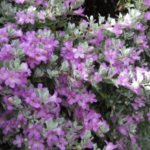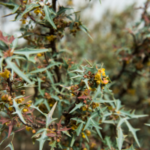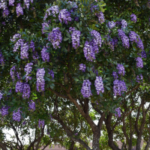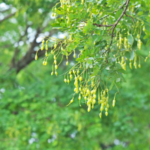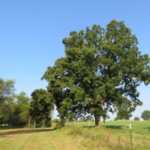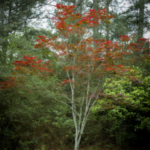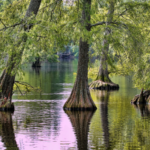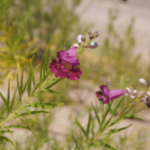As the urban landscape continues to expand and human activities exert greater pressure on the environment, the importance of preserving and restoring native ecosystems has never been more evident. In the vast expanse of Texas, a state renowned for its diverse and unique ecology, the act of planting native trees and plants emerges as a powerful solution to many environmental challenges. This proactive approach brings a multitude of benefits that span ecological conservation, ease of maintenance, and greater success for a thriving landscape.
Preserving Biodiversity: One of the most compelling reasons to cultivate native trees and plants in Texas is their role in safeguarding the state’s rich biodiversity. Texas boasts a wide array of unique ecosystems, from our Pineywoods of East Texas to the Chihuahuan Desert of the west. By planting native species, we help support countless species of flora and fauna. These native species have adapted to the local climate, soil, and other environmental conditions, making them an essential part of maintaining the delicate balance of the ecosystem.
Water Conservation: We’ve all come through a long, hot summer in East Texas. Water scarcity, with differing levels of water restrictions for each community, is an ongoing concern in Texas with droughts frequently affecting different regions. Native plants are naturally adapted to the local hot and dry weather conditions, requiring less irrigation once they are established. Their deep-rooted systems often help prevent soil erosion and improve water retention, reducing runoff and enhancing water quality. By utilizing native plants in landscaping, we can contribute to water conservation while minimizing the need for excessive irrigation.
Supporting Pollinators: The decline of pollinator populations, including bees, butterflies, and hummingbirds, has raised concerns about food security and ecosystem stability. Native plants often have a symbiotic relationship with local pollinators, providing them with essential nectar and pollen sources. Planting a variety of native flowering plants can create corridors and habitats for pollinators, aiding in their survival while enhancing the pollination of agricultural and wild plants alike.
Reducing Maintenance: Landscaping with native trees and plants can lead to reduced maintenance efforts and costs. Native species are adapted to the local environment, which generally means they require less supplemental watering, fertilization, and pest control compared to non-native species. This can be especially advantageous during the extended summers we experience in East Texas.
Cultural and Aesthetic Value: The cultural significance of native plants cannot be overlooked. Many native species have deep-rooted connections to the history, traditions, and identity of Texas communities. Incorporating these plants into landscapes and public spaces can foster a sense of place and pride. Additionally, native landscapes often possess a unique and captivating beauty that enhances the aesthetic value of any area, whether it’s a private garden, commercial landscape or a public park.
We encourage you to look at native plants, shrubs and trees during your next landscaping project. As a reference, here is a short list of native plants to help get you started:
Plants
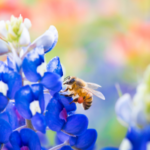
Bluebonnet – Texas state flower

Indian Blanket – Known for its vibrant red and yellow flowers
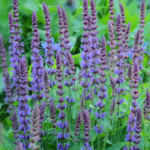
Salvia – Many varieties with varying color
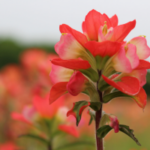
Texas Paintbrush – Often seen alongside bluebonnets
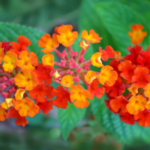
Texas Lantana – Attracts butterflies with its colorful blooms
Shrubs
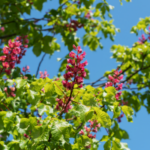
Mexican Buckeye – Showcases pink or white flowers in spring
Trees

